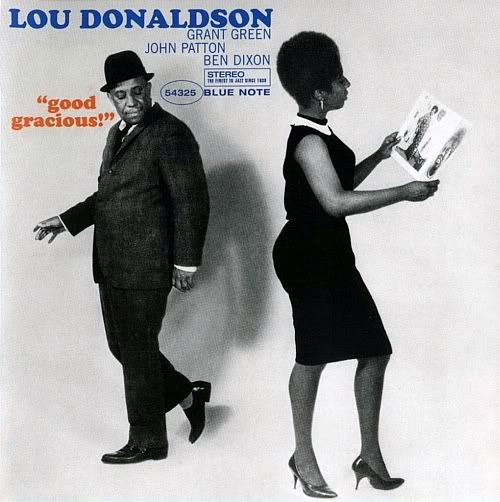Scott DeVeaux, The Birth of Bebop: A Social and Musical History
 I recently finished Scott DeVeaux's magisterial history of bebop, and enjoyed it as much as I had any other book of jazz history. DeVeaux thoroughly traces multiple threads which led to the development of bebop, covering such diverse territories as the economics of leading a swing band in the late-1930s and the social world of the after-hours jam session (where bebop was born, according to the creation myth). In addition, he provides sound musical analysis, meticulously cataloging the stylistic changes taking place in jazz during the early-1940s that led to bebop.
I recently finished Scott DeVeaux's magisterial history of bebop, and enjoyed it as much as I had any other book of jazz history. DeVeaux thoroughly traces multiple threads which led to the development of bebop, covering such diverse territories as the economics of leading a swing band in the late-1930s and the social world of the after-hours jam session (where bebop was born, according to the creation myth). In addition, he provides sound musical analysis, meticulously cataloging the stylistic changes taking place in jazz during the early-1940s that led to bebop.However, DeVeaux's greatest contribution in The Birth of Bebop is his account of how jazz began to be transformed from a social dance music, to be enjoyed in large crowds at dances and ballrooms, to an intellectualized art music, to be digested but not danced to. This metamorphosis does not end at the completion of DeVeaux's book, but many of the important first steps that would propel jazz into the art world (and lead to its irrelevance, some might argue) take place precisely at the same time that bebop is blossoming, and not by accident. There are not many books out there right now which would better inform your understanding of how jazz got to where it is today than The Birth of Bebop.
 Why does the trumpet loom so large in the history of jazz? This question is at the heart of Krin Gabbard's new cultural history of jazz. Gabbard reaches back as far as ancient history for clues as to why young black men like Buddy Bolden and Louis Armstrong picked up the trumpet after the turn of the century and presented a statement of African American humanity and masculinity.
Why does the trumpet loom so large in the history of jazz? This question is at the heart of Krin Gabbard's new cultural history of jazz. Gabbard reaches back as far as ancient history for clues as to why young black men like Buddy Bolden and Louis Armstrong picked up the trumpet after the turn of the century and presented a statement of African American humanity and masculinity.Gabbard also tells a personal story of the trumpet, discussing his own reunion with trumpet playing to give the reader a look into the nuts and bolts of trumpet playing. His discussion of the evolution of the trumpet, visits to trumpet manufacturers, and recollection of his struggles with the instrument give a broader view of the trumpet, by fleshing out the physical demands it places on its practitioners. Gabbard does not say anything that is particularly earth-shattering in this book, but his decision to trace the history of jazz through the trumpet provides a coherent framework for understanding some of the social forces which contributed to the development of jazz.










